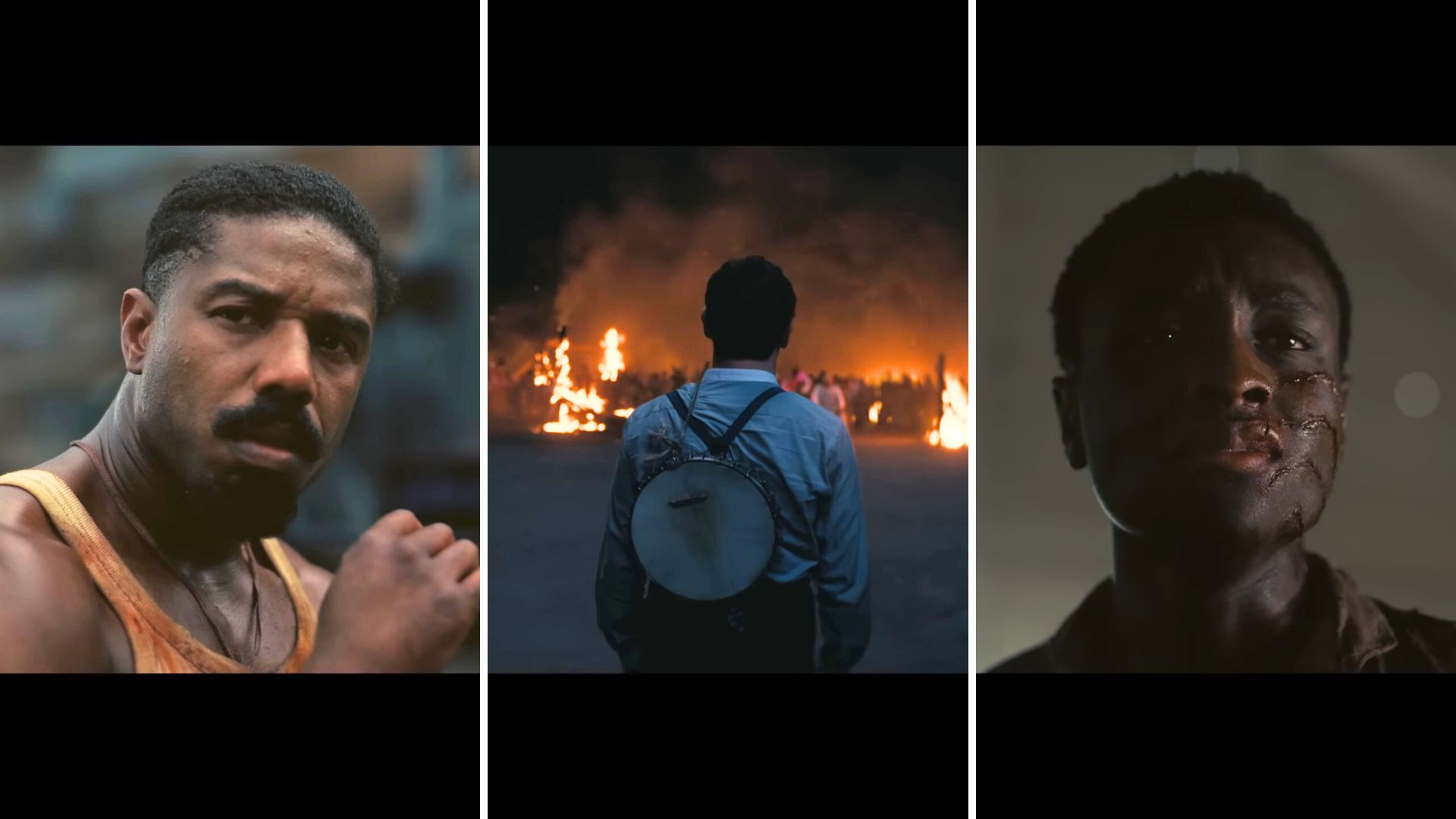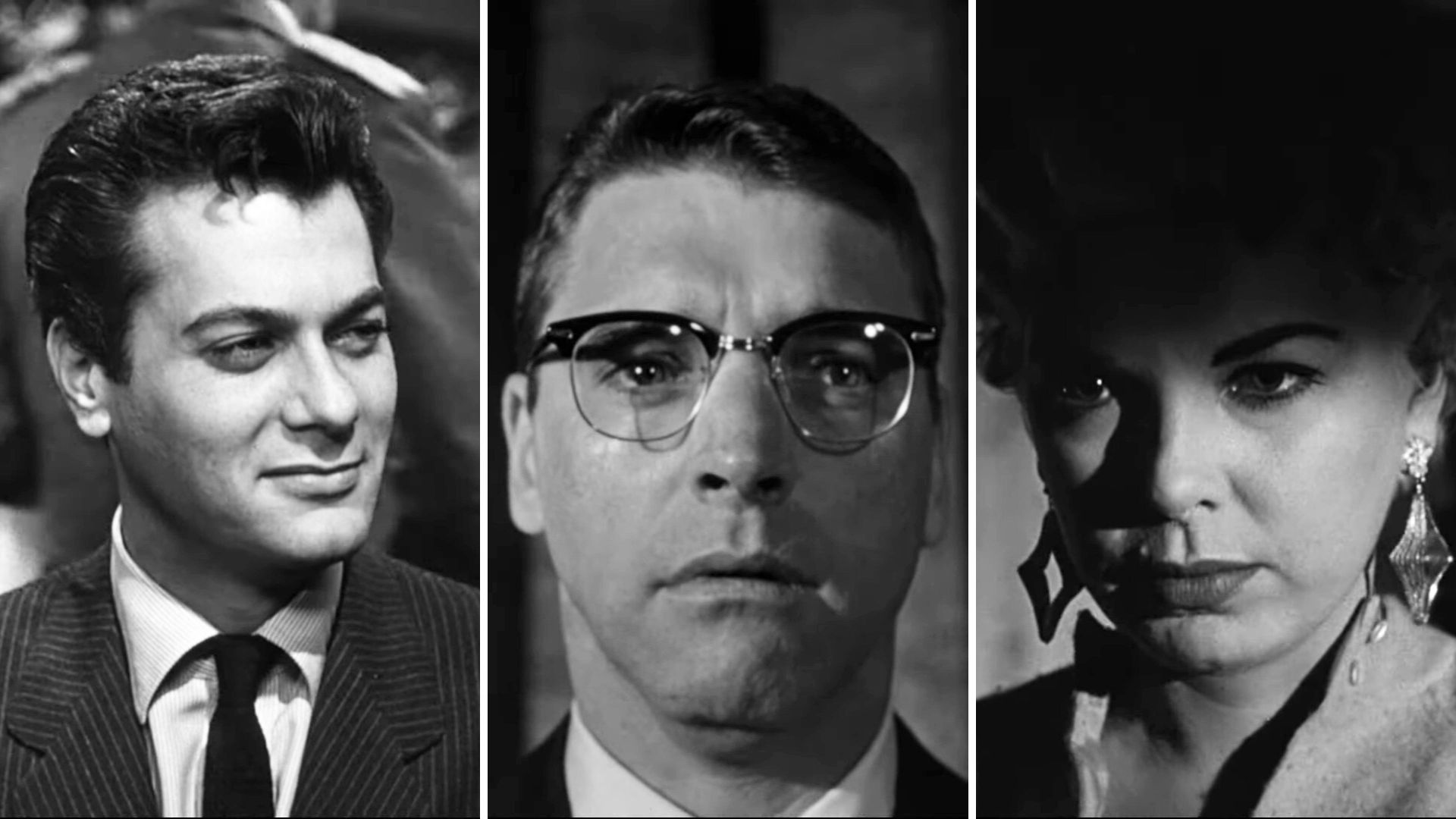
Tokyo Story was not a success on its initial release, especially with international audiences. The film is highly specific to Japanese culture and is slowly paced. It’s not until about halfway through the two-plus hour film that we really get a sense of the film’s themes and messages. But just like the characters in his film, Tokyo Story has become wiser and more respected with age.
Even though Tokyo Story is a very Japanese film, its themes are universal. The film is about aging, complicated family dynamics, and appreciating the time you have with someone before it’s too late. These themes are all presented beautifully in the story of an old couple making a pilgrimage to see their children in the big city. It’s slow, at times even boring, but the film asks us to sit in and appreciate these slow moments. Because we never know how many of these moments we have left.
The Trip to Tokyo
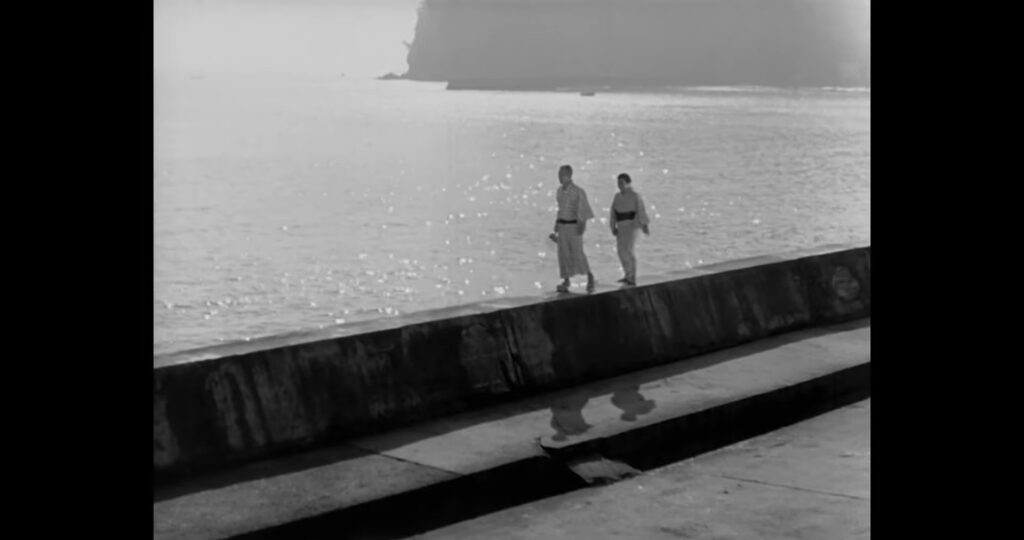
Tokyo Story begins with the older couple, Shukichi and Tomi, arriving at their son’s house for a two-week trip to Tokyo. Their son Koichi is a doctor with a wife and two children who all seem less than enthused about his parent’s visit. Their son and daughter-in-law plan excursions and sightseeing tours for the parents that barely fit into their busy schedules. They often act put out by the older couples’ visit, even though on the surface they hide their annoyance and make pleasant small talk.
Throughout the trip, the parents visit each of their children and their respective families. They also meet with Noriko, the widowed wife of their second eldest son Shoji who disappeared during the war. Noriko is played by Setsuko Hara, a frequent collaborator of Yasujiro Ozu and she absolutely steals the film. Her performance is the cornerstone of Tokyo Story and the embodiment of the larger themes at play throughout the film.
Time
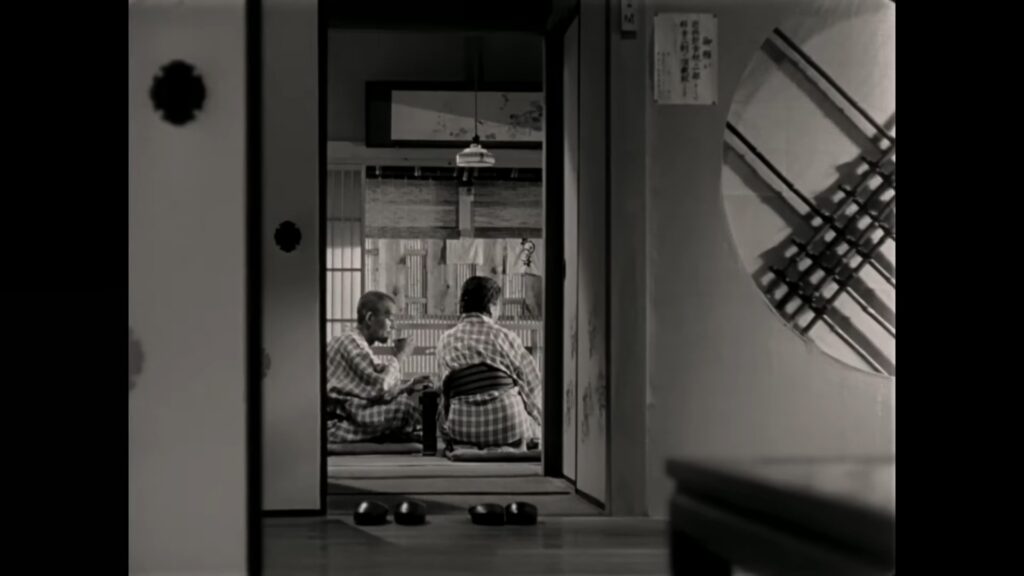
Throughout Shukichi and Tomi’s trip, none of the family members seem to have time for the older couple. Despite the couple’s long journey and ailing health, their sons and daughters spend most of their time trying to get rid of their parents. They plan activities for them that quickly get canceled as soon as something else comes up. Their daughter even puts them in a hotel for a few days so she can host a meeting for her small business. It’s only Noriko, their widowed daughter-in-law, who actually makes time for the couple.
The constant plans, events, and hotel bookings set up for their parents, reinforce how the children view their parents. They view them as a burden and totally miss the point of their parents visit. Shukichi and Tomi have no interest in the arts or nightlife of Tokyo. They didn’t come to visit the city, they came to visit their children. Children who are too busy or too annoyed to spend time with their parents.
Noriko
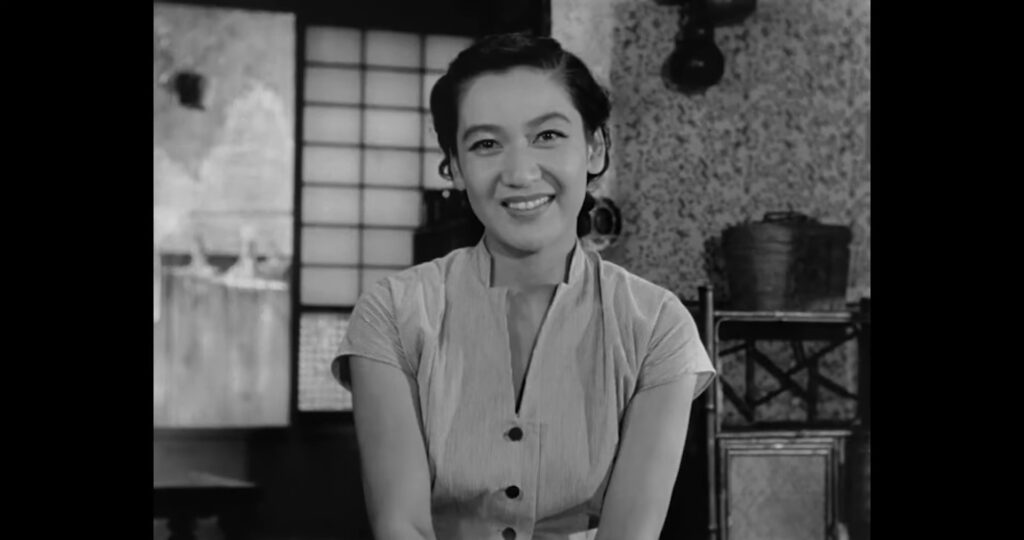
Noriko is the only one who makes any sacrifices for the elderly couple despite not being a blood relative. She takes time away from her demanding job, graciously provides Tomi with a place to sleep, and even offers Tomi a little bit of money for her visit.
There’s a parable in the Bible about a widow that I feel is direct parallel to Noriko’s story. In the story, a young widowed woman gives her last two coins to the church. A parsley amount compared to the much greater sum given by elders and wealthier people. Jesus later tells his disciples that she in her generosity actually gave more than all of the other rich patrons. She gave her last two coins. She gave all she had, while the others only gave what they didn’t need. Noriko does the same. She has little but gives everything she has for her gracious in-laws, while their physician son and business owner daughter give what time and effort they are willing to spare.
Loss

During the parent’s visit with Noriko, we learn a few things about the family and their deceased son. Shoji, their son lost in the war, had a bit of a drinking problem. A problem inherited from his father. Noriko states that she used to hate when her husband would drink all night and come home rowdy, but now she misses it. Shukichi and Tomi lament with Noriko and plead with her to move on, but she doesn’t. Noriko has experienced a loss. A devastating one and she would rather care for those in her life than move on to a new one.
Noriko is the only person who cares for Shukichi and Tomi because she is the only one who has experienced tragedy. She understands loneliness and because of that, is sympathetic to the loneliness experienced by her in-laws. She understands that they are in the city to visit their children, not see theater shows or eat at fancy restaurants. Her empathy is brought on by tragedy and its made her a kinder person. She is defined by her loss, but not in a negative way. It’s a fascinating narrative twist that Ozu perfectly pulls off and one of the reasons he worked with Setsuko Hara so often. We often see loss represented narratively as a catalyst for spite or anger in film. In Tokyo Story, the opposite is true. Noriko is a better person because of her loss.
Too Late

After Shukichi and Tomi return home from their Tokyo trip, Tomi becomes critically ill. The name of her sickness is never fully revealed, but she quickly slips into a coma and the extended family all return home to visit their mother for the last time. After Tomi passes, the children all leave immediately, with only Noriko staying for an extended amount of time to assist Shukichi with the transition.
The film ends with Shukichi alone in his home for the first time. A sense of loneliness is present on his face, and we see him begin to understand Noriko for the first time. Here is a girl with nothing yet she treats this couple as if they were her own blood. Shukichi has a large family, but they are all too busy to pause their lives for his sake. The tragedy they faced, losing their mother, did not change them. But Shukichi is changed, just as Noriko changed when she lost her husband.
Grief and Family
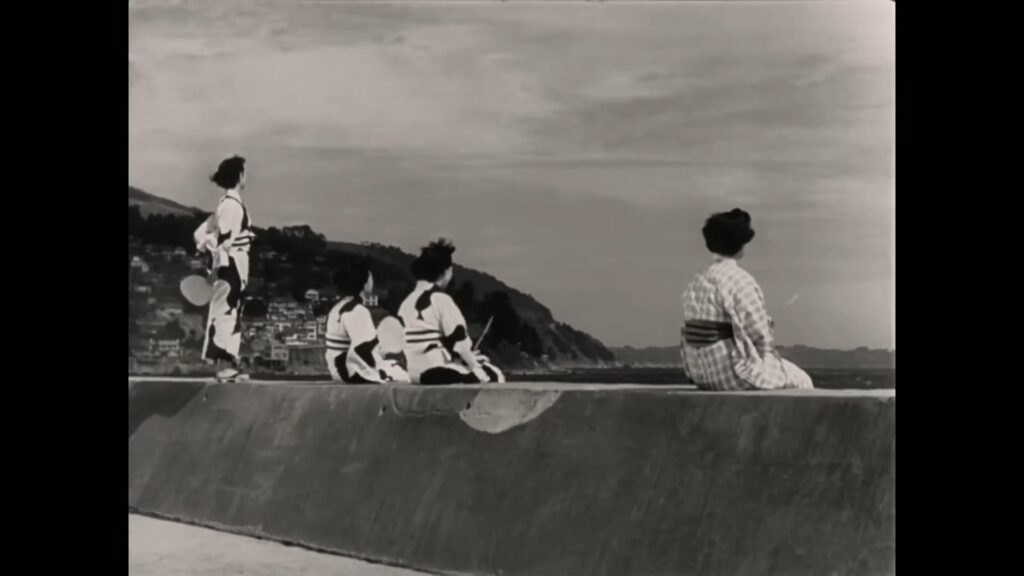
Tokyo Story is an incredible film that asks us to slow down. The film is paced very slow, the camera rarely moves, and there is little conflict present throughout the movie. Much of the film’s dialogue in the first half is just the children exchanging forced pleasantries with their parents. But the long narrative and slow pacing is purposeful. It feels long, but in actuality, it goes by faster than we can imagine.
The film in its presentation, cinematography, and narrative style reinforces the theme of time. We feel like we have all the time in the world, but life is shorter than we give it credit for. While we are busy with our lives and jobs, there are parents and grandparents getting older. They understand their time is finite, and sometimes the only people who can relate are those painfully aware of how finite life actually is.





